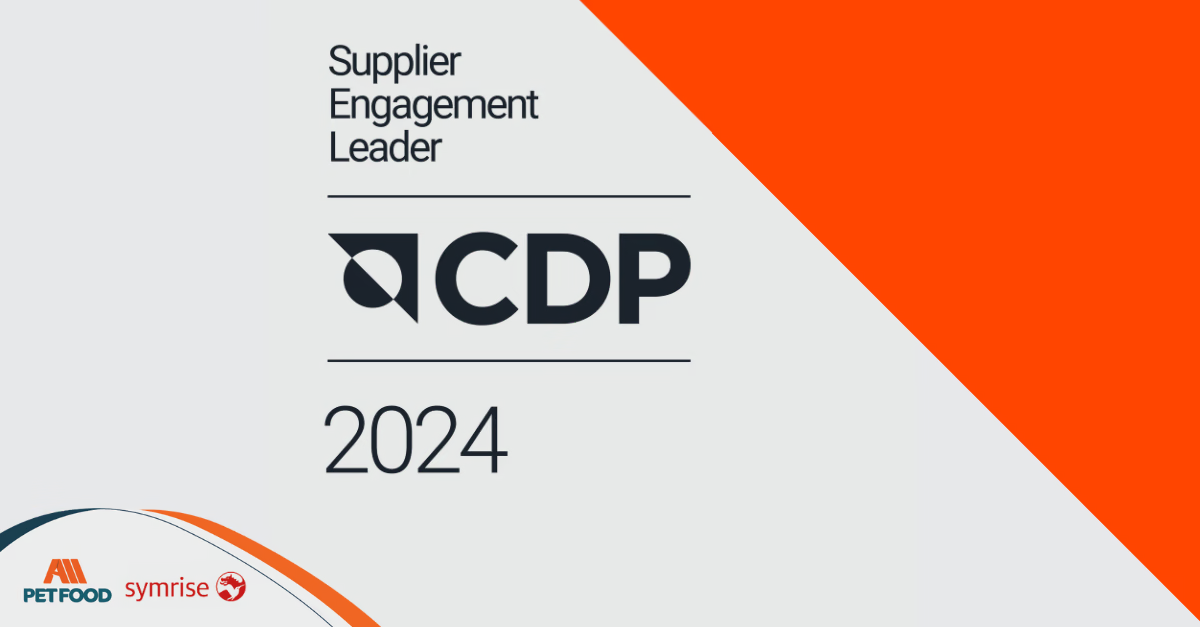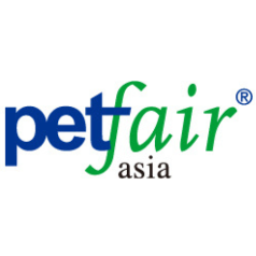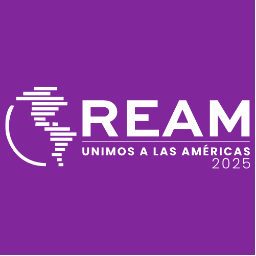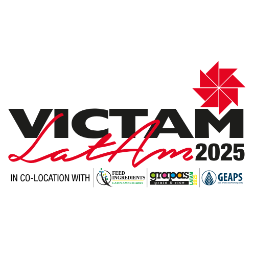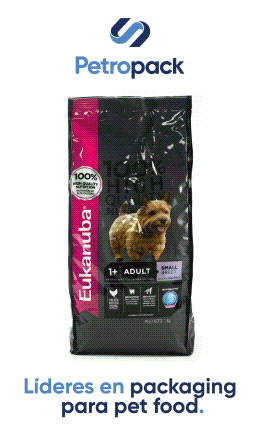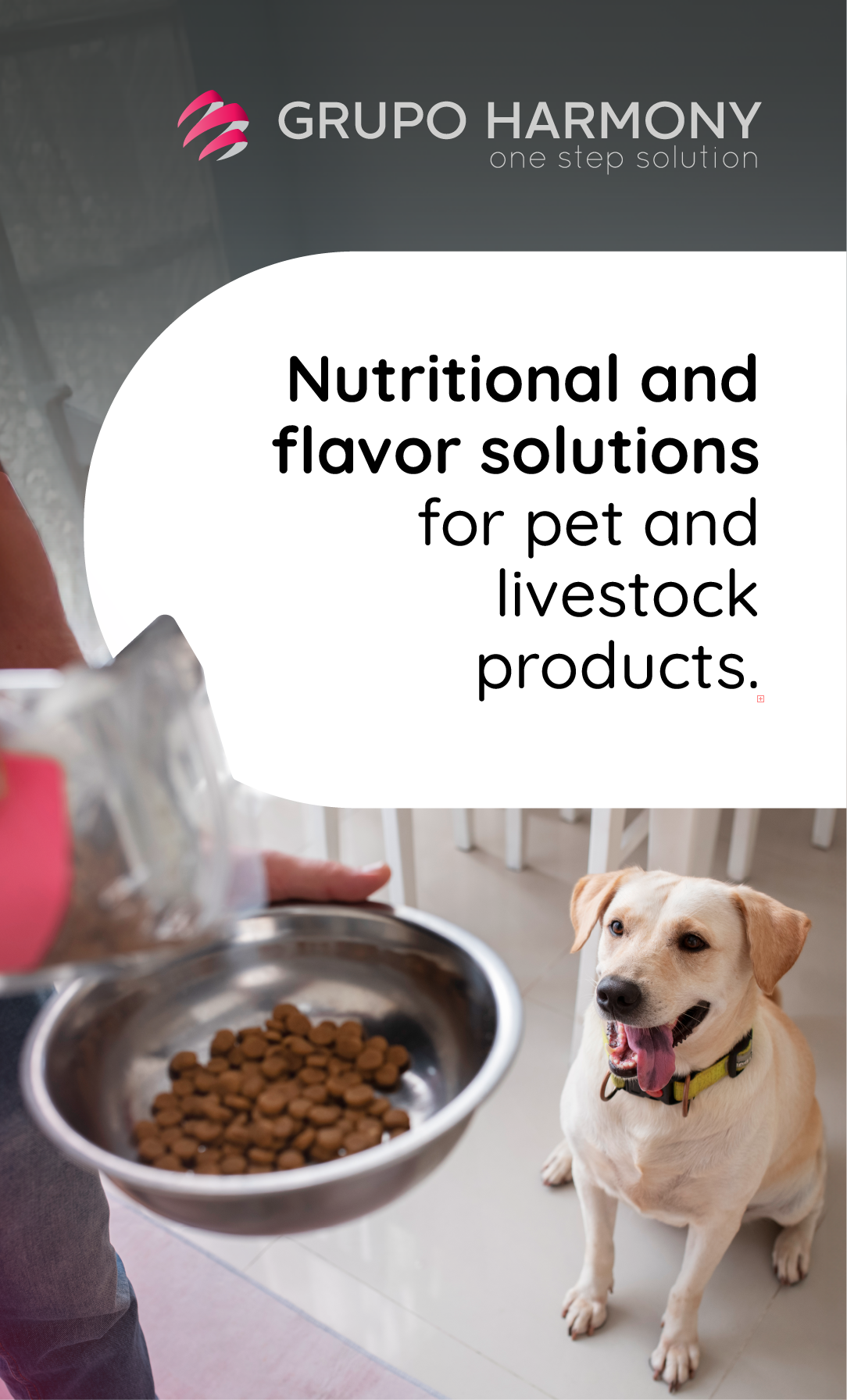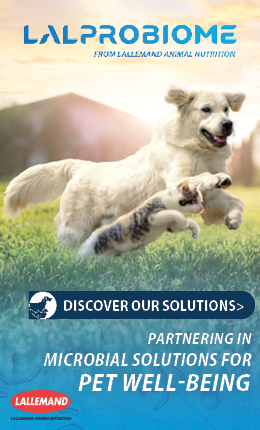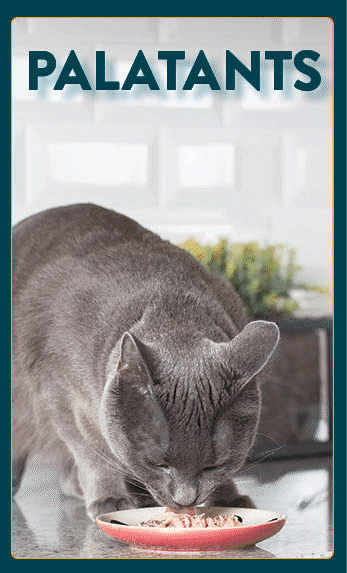How is plastic production and consumption in LatAm?
According to a study carried out at the end of 2021 by the organizations Break Free From Plastic, Gaia, and Taller Ecologista, in the seven most populated countries in the region, the annual consumption is generally above 30 kg per person: in Mexico and Chile it is 50 kg/inhabitant/year and in Argentina and Brazil it is 40 kg/inhabitant/year, for example. Within the plastic packaging segment, those used by the food and beverage industry are the most important ones. Most products marketed in plastic containers are ultra-processed foods and beverages, which implies that they require packaging with specific treatments (often involving large amounts of water, energy, and chemical consumption) to provide the required conservation condition for each product and its ingredients. The use of bottled water to hydrate pets is becoming more and more common, due to the large number of minerals, chlorine, and other microingredients that drinking water brings directly from the taps.
Environmental and health impact of the plastic industry
The production of plastic resins and plastic transformation processes are highly energy-demanding and, consequently, large emitters of Greenhouse Gases (GHG). Its degree of pollution is such that, at a global level, it is estimated that, by 2050, if current trends in the production and handling of this material continue, plastic could consume between 10 and 13% of the entire carbon budget.
But pollution is not just a number impossible to measure. It also directly impacts those communities closest to industrial hubs. It is not necessary to do a very deep search on the Internet to find cases of complaints or claims from populations highly affected (and in ways that even they are unaware of) by this type of production. For example, the community of Ingeniero White, in Argentina, has been carrying out mobilizations for more than 10 years due to the impacts generated by living with a petrochemical hub. In fact, in 2012, a study concluded that the population of that region had a higher prevalence of respiratory and autoimmune diseases, such as hypothyroidism.
On the other hand, we can also talk about the additives used throughout the process, for example, resin production, and that contain toxicity properties, such as phthalates, brominated flame retardants, and organochlorine compounds, and more.
Alternative routes, a possible future
The main challenge we face as an industry and society today is that being brutally honest, manufacturing and transporting pet food without any plastic is very difficult. Although research and development of new proposals are increasingly on the rise, the truth is that today plastic packaging offers the necessary conditions to maintain the freshness, texture, humidity, and food proper condition, from when it is finished until it reaches the pet's bowl. However, let's briefly learn about some of the alternatives that are being implemented to improve the situation:
- PET plastics recycling: Thanks to support, development, and research, it is possible to affirm that PET processing and recycling is advancing at the same pace as the demands for environmental and social care. In recent years, there has been an increase in the use of closed-loop recycling systems (recycling PET to produce new PET products), which, although it does not eliminate plastic use, significantly reduces its waste.
- Using thinner plastics: As many pet food variants are wet/oily products, many alternative compostable materials are inefficient for packaging because they would decompose before even being discarded and would not have a sufficient oxygen barrier to maintain the food fresh. For this reason, many companies are limited to using plastic but are looking for alternatives to reduce it as much as possible, using much thinner plastic coatings (up to 60% less). Some also cover the packaging with outer layers, made of other materials, such as recyclable cardboard, to provide the structure and security necessary for transportation and logistics.
- Using transparent plastic, since this is easier to recycle.
Conclusion
We have tried to compile and make visible some aspects of the plastic problem that, with the hustle and bustle of daily routines and operations, tend to remain out of sight. We have more and more information about the impact generated by discarded and single-use plastic, but looking for alternatives is not enough: we must be aware of the damage caused by the entire production and preparation process, not only in the international ecosystem but also more deeply into local regions and their populations.
If one thing is clear it is that keeping collecting non-recyclable materials in landfills is not the best option for anyone, which is why we encourage the pet food industry to continue working and researching to overcome the obstacles that prevent sustainable, reusable packaging being the most used type of packaging.
Source: All Pet Food
You could be interested: Symrise earns consecutive top 'A' rating from CDP for its supply chain engagement
About author
María Candelaria CarbajoI’m a creative, interdisciplinary person, translator, and editor. I collaborate in producing and writing creative, high-impact projects to promote cultural exchange, transmit differential values, and connect with people/the audience. Likewise, I enjoy teamwork and joining forces, experiences, and knowledge to bring the world all the potential of those ideas that seek to impact people’s lives positively.
Market Information
18/07/2025





















